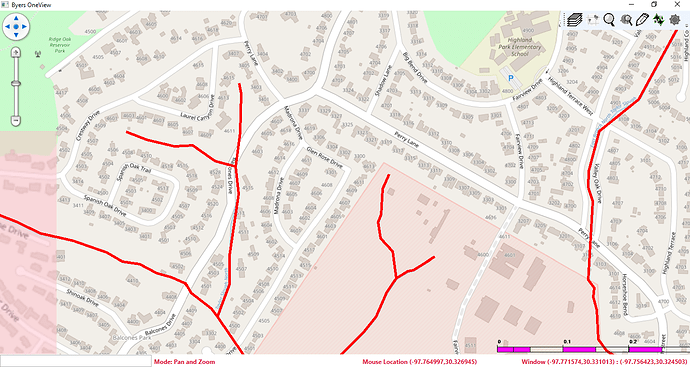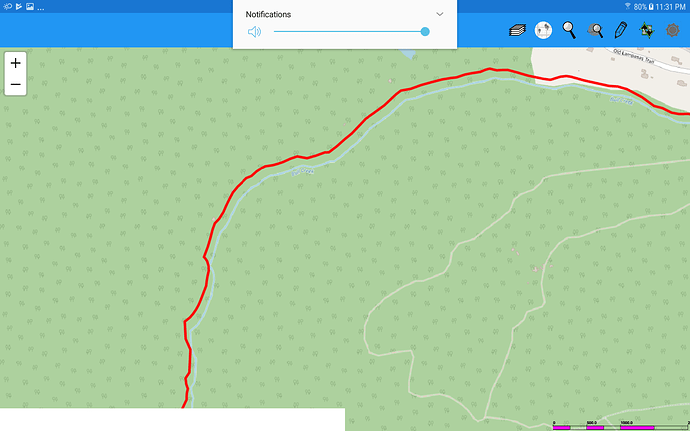Features are not displaying in the same location against Open street maps as they do in WPF and iOS. In my set up I am using the same SQLite database that contains osm waterways features and all platforms initialize the layers in the same fashion. iOS and WPF show the features directly over the rivers in the OSM backdrop. Android shows the features to the southeast of where they should be. Here is a wpf image
Here is the android display of the same area;
Using OpenStreetMap v11 beta011 – Map Suite v11 beta076 – basically all components are at the latest beta level as of 8/27/2018
Sorry spoke too soon aobut iOS – using OSM v11 beta09 the map display was identifcal to WPF – latest version puts texas north of Alaska.



